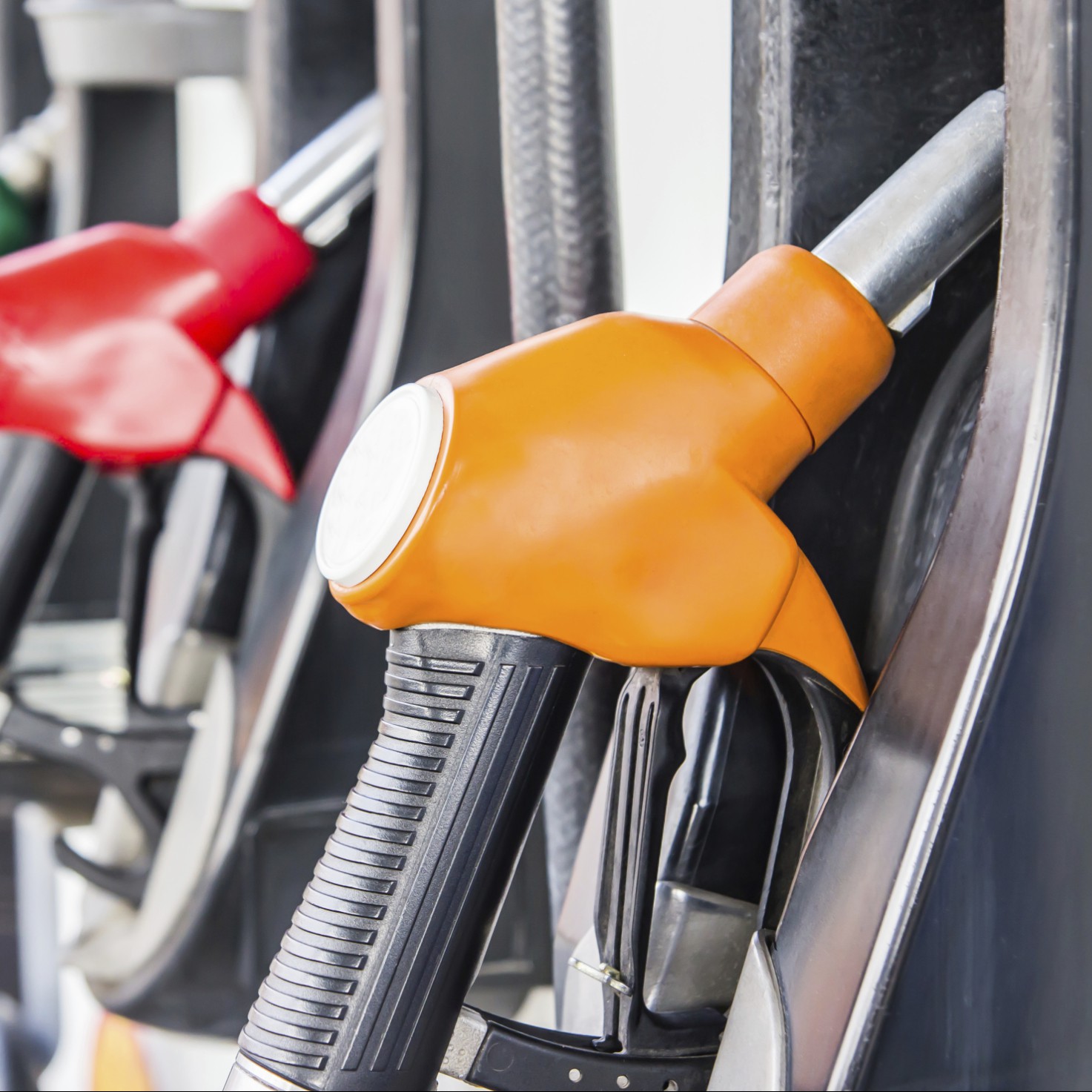
Amid oil prices fluctuating a fair amount last week, gasoline prices moved lower as well, with the average price dropping 2.5 cents per gallon to $2.45. This is just a penny away from the lowest level since Hurricane Harvey disrupted prices and caused them to surge.
While prices fell in most states, several Great Lakes states saw prices climb. This was primarily due to a regional phenomenon called price cycling, which sees large drops in price only to be followed by restoration in price and then again falling prices, completing the cycle. It was only these states that saw prices rise, ruining an otherwise countrywide drop in gas prices.
The top five largest changes in average gas prices by state:
- Delaware (down five cents)
- Colorado (down five cents)
- Maine (down four cents)
- Oklahoma (down four cents)
- Vermont (down four cents)
The five states that notched the lowest average gas prices:
- Alabama ($2.18)
- Missouri ($2.18)
- Oklahoma ($2.19)
- Mississippi ($2.20)
- South Carolina ($2.20)
States with the five highest average gas prices included:
- Hawaii ($3.29)
- Alaska ($3.22)
- California ($3.15)
- Washington ($2.91)
- Oregon ($2.78)
Patrick DeHaan, head of petroleum analysis for GasBuddy, commented:
With the exception of some Great Lakes states where prices tend to be volatile, average gas prices moved lower in nearly the entire country in the last week. Thank a large build in gasoline inventories and gasoline demand numbers that have finally seen a reprieve from levels that were more consistent with summer months than autumn. With OPEC extending its oil production cuts, there is solid evidence that U.S. oil producers will fill in at least some of the void with rig counts remaining strong. As the focus continues to broaden beyond the rest of the year, motorists who found this year’s gas prices high may want to begin setting aside some additional funds for next year as all signs continue to point to higher prices than this year.
Is Your Money Earning the Best Possible Rate? (Sponsor)
Let’s face it: If your money is just sitting in a checking account, you’re losing value every single day. With most checking accounts offering little to no interest, the cash you worked so hard to save is gradually being eroded by inflation.
However, by moving that money into a high-yield savings account, you can put your cash to work, growing steadily with little to no effort on your part. In just a few clicks, you can set up a high-yield savings account and start earning interest immediately.
There are plenty of reputable banks and online platforms that offer competitive rates, and many of them come with zero fees and no minimum balance requirements. Click here to see if you’re earning the best possible rate on your money!
Thank you for reading! Have some feedback for us?
Contact the 24/7 Wall St. editorial team.



